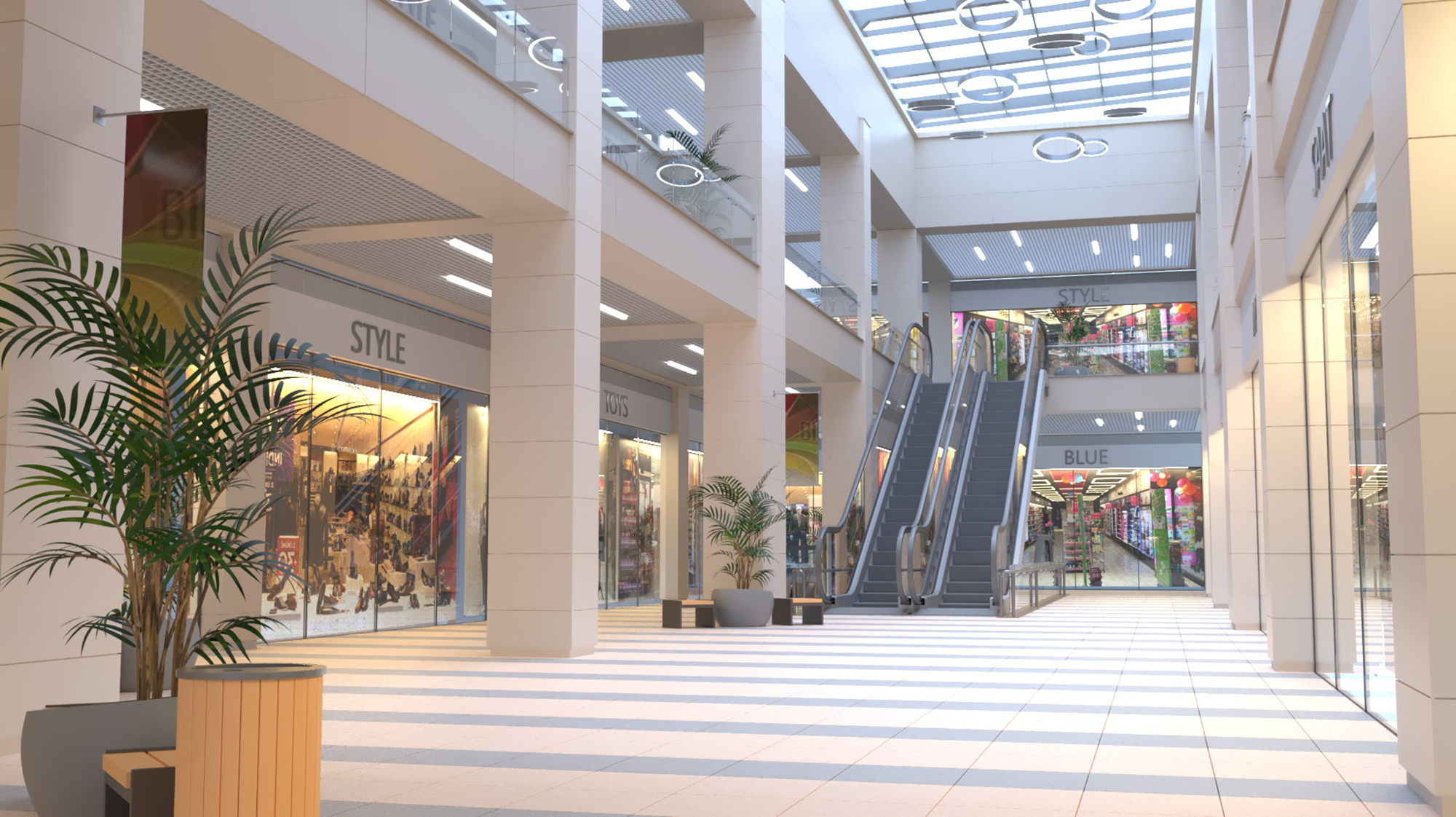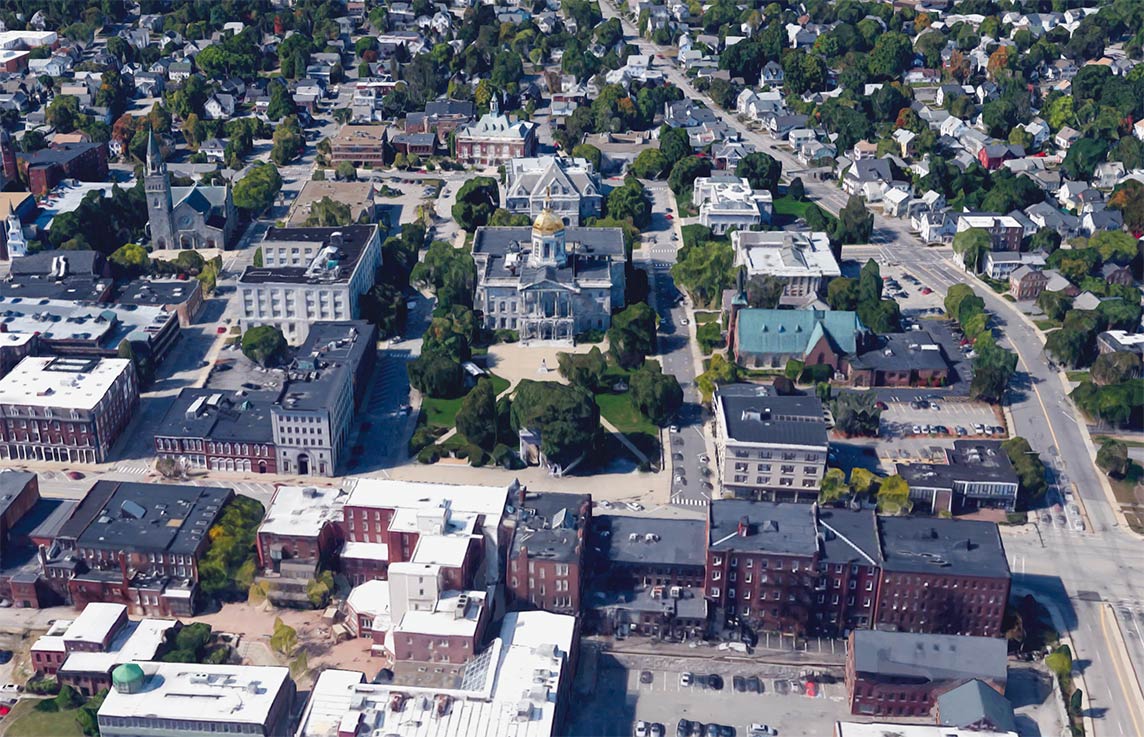Table Of Content
- Vitra "willing to take risks" over changing products' appearance to improve sustainability, says CEO Nora Fehlbaum
- Top Articles
- Designing for the Digital Age:
- Gare Maritime in Brussels turned into a timber shopping centre
- Pharo Office Building Park Associati
- This Architectural Exhibition got 10,000 Visitors at Milan Design Week

Large cities in Japan are dense grids of roads and skyscrapers, and Namba Parks in Osaka aims to bridge the gap between nature and urban sprawl. A well-planned traffic flow prevents congestion and ensures a seamless shopping experience. The Mall of the Emirates in Dubai strategically separates its luxury and casual sections to cater to different shopper preferences. Rooftop gardens, indoor landscapes, and even vertical gardens (check out Singapore’s Jewel Changi Airport) infuse shopping malls with fresh air.
Vitra "willing to take risks" over changing products' appearance to improve sustainability, says CEO Nora Fehlbaum
It takes careful planning, complex technology, and a thorough understanding of digital infrastructure to create a shopping mall that meets modern consumer expectations, but the right tech partner can help. Resonai’s platform transforms physical buildings into intelligent environments that delight consumers and deliver one-of-a-kind experiences. Do you dream of immersing yourself in the world of retail and entertainment, while providing an unforgettable experience for visitors? Designing a mall is a complex and captivating endeavor that requires meticulous planning and attention to detail. In this article, we will explore the key elements and considerations involved in creating a remarkable mall that not only meets the needs of shoppers but also stands out in the competitive market.

Top Articles
It gives clarity of what kind of spaces should be created in a mall, what retailers must be invited, or what elements should be added to make it a landmark location. Incorporating sustainable and eco-friendly elements in mall design not only reduces environmental impact but also appeals to the growing eco-conscious consumer base. Each store’s facade should reflect its brand identity and create a sense of intrigue. Consistent branding elements, such as logos, colors, and signage, help customers recognize and connect with their favorite brands within the mall. Despite online retail’s popularity, consumers are still flocking to retail spaces — as long as there are other things to do besides shop.
Designing for the Digital Age:
Upon logging into the Narrato official website, you can access its workspace to start creating AI brochures for your product. Now, tap the “AI Content Assistance” tab and scroll down to click on the “Brochure” option to access a new window. Narrato lets you transform your marketing ideas into perfectly-created brochure content with the power of AI. Using this AI brochure maker, users get to create up to 10 pages of brochure content within a few seconds. After getting the main first copy of the content for your marketing brochures, you can freely edit or enhance the content with the help of its AI writer.
Plaza Mexico: Not Just a Mall, a Destination for L.A.'s Chicano Residents - PRINT Magazine
Plaza Mexico: Not Just a Mall, a Destination for L.A.'s Chicano Residents.
Posted: Wed, 16 Aug 2023 07:00:00 GMT [source]
Gare Maritime in Brussels turned into a timber shopping centre
Get in touch with Resonai today to discover how digital infrastructure can boost critical KPIs for your retail properties. Read more of Matthew Newton's take on the immortality of the shopping mall, after the break... The international Prix Versailles Committee has announced the recipients of its annual awards celebrating built commercial architecture. The awards were held at the UNESCO World Headquarters, with recipients hailing from 6 regions around the world.
Use digital signage for a future-proof layout
The customer experience in the malls of the future will remove all friction to provide a more focused journey with which shoppers can engage. Ultimately, operators who can innovate in the areas of parking, planning, and customer experience will see their malls thrive. It gives consumers the benefit to choose from the infinite choices of merchandise spread across vast categories. But nowadays, malls are much more than just avenues for shopping and conducting business. Akin to how the internet has brought people virtually close to each other, social spaces like megastores, and giant shopping malls are such physical spaces that help people reconnect with each other.
Shopping center architecture and the consumer experience
That was true in 1988, by which time Haring had completed more than 50 murals around the world, largely for hospitals and children’s charities, and was designing Swatch watches and ads for Absolut vodka and Run DMC. And it is more so now, 34 years after his death, in 1990 at the age of 31, as his work continues to permeate contemporary art. If you want an amazing mall design that stands out from the competition, work with a professional designer. Find and hire a designer to make your vision come to life, or host a design contest and get ideas from designers around the world. Since its construction began two decades ago, Daybreak, the 4,100-acre master-planned community in South Jordan, Utah, has been a catalyst and model for regional growth. The latest addition is a 200-acre mixed-use entertainment district that will serve as a walkable and bikeable neighborhood within the community, anchored by a minor-league baseball park and a cinema/entertainment complex.
Pharo Office Building Park Associati
Educating tenants and visitors about proper waste disposal further promotes sustainability and encourages responsible consumption. Offering childcare services, such as supervised play areas or stroller rentals, helps parents enjoy their shopping experience without worries. Parenting amenities, such as nursing rooms or diaper changing stations, cater to the needs of families and create a family-friendly environment. Designing dedicated gaming zones, such as arcades or virtual reality experiences, appeals to both children and adults. Including play areas for children, equipped with safe and fun equipment, allows families to spend quality time in the mall.
Autonomous cars will remove the unpleasantness of the parking experience from the customer journey, effectively providing personalized car service. Meandering through garages looking for parking and waiting in long queues to exit will be a thing of the past. The mall also houses 14 movie theatres, including one that features D-Box Motion Seats.
In November of 1977, filmmaker George A. Romero arrived with cast and crew at Monroeville Mall, a sprawling indoor shopping center located in the suburbs east of Pittsburgh, Pennsylvania. The young director, who by that time had established himself as a pioneer in the horror genre, was set to start production on his latest film, Dawn of the Dead, a sequel to his 1968 cult classic Night of the Living Dead. Once again Romero’s slow-shuffling ghouls — starved as always for brains and entrails, meaty thigh bones and plump jugulars — would be unleashed on bumbling humans ill-prepared for a world gone rotten. The Walmart Supercenter is generally considered one of the great antagonists of architecture around the world – the hulking behemoth who sold its integrity for the consumer convenience of having everything in one place.
Consumers are making lifestyle choices with wellness in mind, which ignites in them a feeling of purpose and a sense of motivation. That’s the conclusion that the architecture and design firm MG2 draws from a survey of 1,182 U.S. adult consumers the firm conducted last December about retail design and what consumers want in healthier shopping experiences. The mall of the future will be planned by harnessing the power of artificial intelligence.

From energy-efficient building systems to green roofs and rainwater harvesting, architects have a myriad of tools at their disposal to minimize environmental impact and promote occupant well-being. By prioritizing sustainability and wellness, malls can not only reduce their carbon footprint but also create healthier, more resilient communities. The “dumbbell” layout – department store anchored boxes strung together with inward-facing in-line retail shops – was ubiquitous in the malls of the past. Similarly, nearly every mall featured a centrally located quick-service food court and an entertainment component, typically a movie theater. While this archetype still exists throughout the country today, most are dying relics of a bygone era. Integrating virtual reality (VR) and augmented reality (AR) experiences within the mall allows visitors to engage with products and brands in innovative ways.















